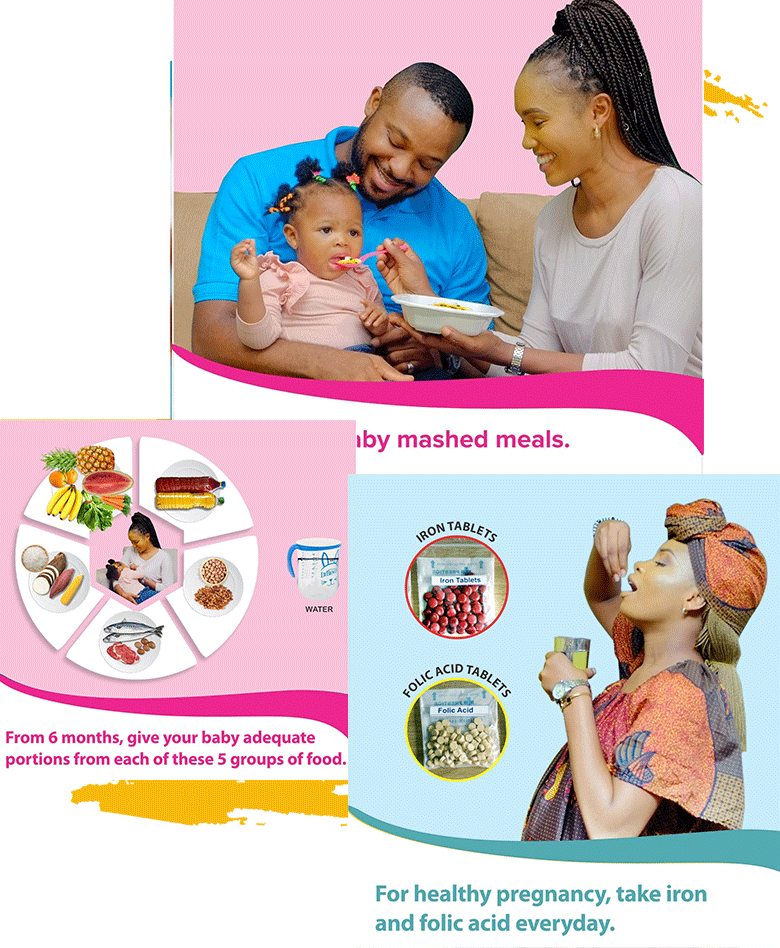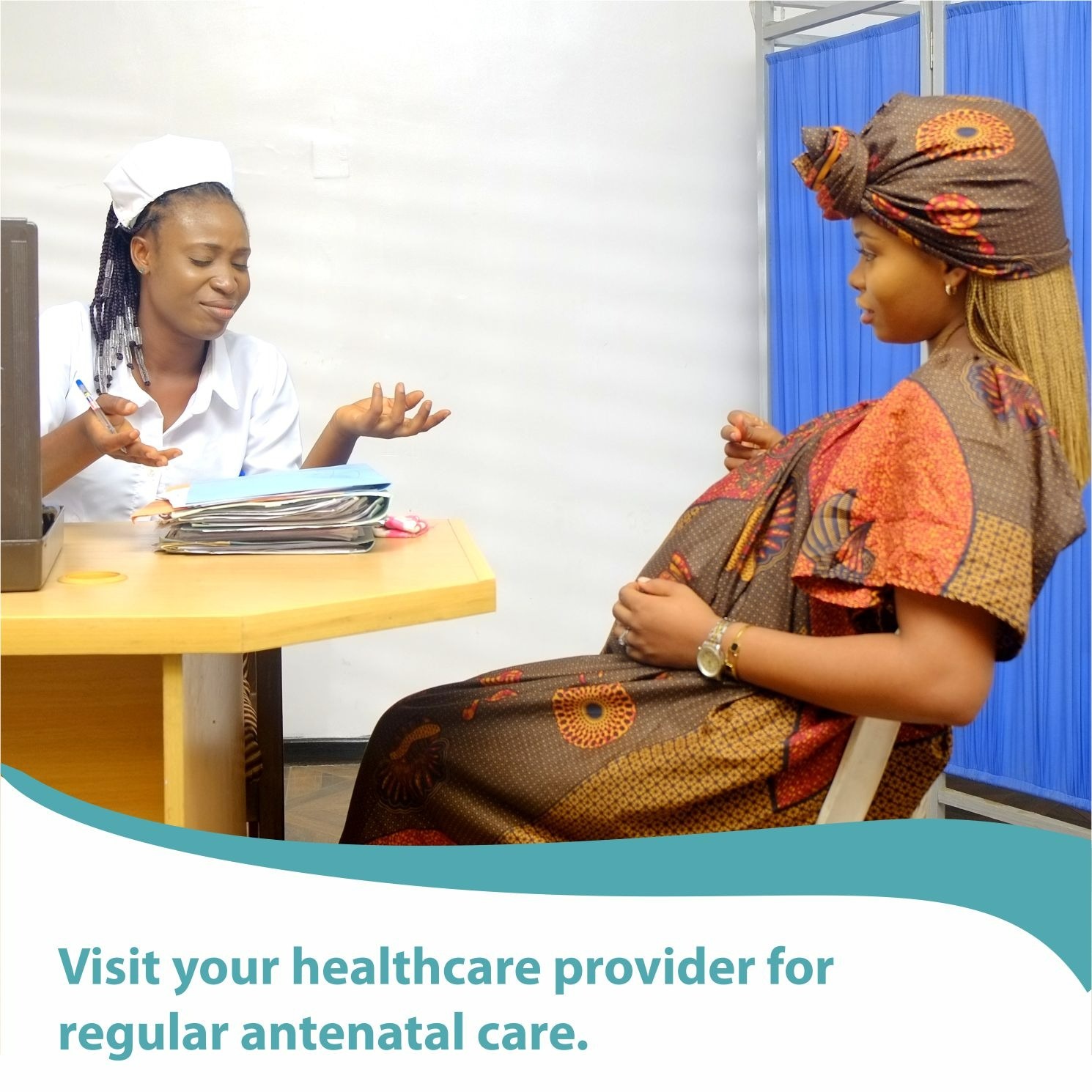Monitoring and Evaluation
The Accelerating Nutrition Results in Nigeria (ANRiN) Project 2.0 employs a robust Monitoring and Evaluation (M&E) framework to track progress, ensure accountability, and measure impact. This framework guides the project in achieving its goal of increasing the utilization of high-quality, cost-effective nutrition services for pregnant and lactating women, adolescent girls, and children under five across 21 states in Nigeria.


Theory of Change
The ANRiN 2.0 Theory of Change outlines the pathway from project interventions to improved nutrition outcomes. It assumes that by enhancing access to a Basic Package of Nutrition Services (BPNS), integrating nutrition-sensitive agricultural practices, and strengthening multisectoral coordination, the project will drive sustainable change. Key elements include:
-
Inputs: Provision of nutrition commodities (e.g., micronutrient powders, ready-to-use therapeutic foods), training for health workers, and agricultural inputs for homestead gardens.
-
Activities: Delivery of BPNS, establishment of climate-resilient homestead gardens, and implementation of social and behavior change communication (SBCC) campaigns via radio and television.
-
Outputs: Increased access to nutrition services, improved household food security through diversified diets, and enhanced knowledge of healthy nutrition practices.
-
Outcomes: Higher utilization of nutrition services, reduced prevalence of malnutrition (e.g., stunting, wasting), and improved dietary diversity among target populations.
-
Impact: Long-term reduction in malnutrition rates, contributing to healthier, more productive communities aligned with Nigeria’s National Development Plan.
The Theory of Change emphasizes community-based delivery, digital tools like the ANRiN App for real-time tracking, and multisectoral collaboration to address the complex drivers of malnutrition, such as poverty, conflict, and climate change.
Project Development Objective Indicators
The Project Development Objective (PDO) is to increase the utilization of quality, cost-effective nutrition services for pregnant and lactating women, adolescent girls, and children under five in 21 states. The following indicators measure progress toward this objective:
- Percentage of children aged 6–23 months who received micronutrient powders:
- Number of children under five treated for severe acute malnutrition (SAM):
- Percentage of pregnant women who meet minimum dietary diversity:
- Number of direct project beneficiaries:

Tracks the reach of micronutrient supplementation to combat deficiencies.
Measures the scale of treatment for acute malnutrition cases.
Assesses improvements in dietary quality among pregnant women.
Quantifies the total individuals reached, including pregnant and lactating women, adolescent girls, and children under five.
Monitoring and Evaluation Plan
The M&E plan for ANRiN 2.0 ensures systematic tracking of implementation and results, enabling data-driven decision-making. Key components include:
-
-
Data Collection: Data is collected through household surveys, health facility records, and the ANRiN App, which supports real-time monitoring. Community-based organizations assist in gathering data from remote areas.
-
Indicators: The plan tracks PDO indicators (e.g., micronutrient powder coverage) and intermediate results indicators, such as the number of homestead gardens established and the percentage of health workers trained in nutrition service delivery.
-
Frequency: PDO indicators are monitored annually, while intermediate indicators are tracked quarterly to allow for timely adjustments. Baseline and endline surveys provide comprehensive impact assessments.
-
Responsibilities: The National Project Management Unit (NPMU) oversees M&E, supported by State Project Management Units (SPMUs). Independent third-party firms conduct annual evaluations to verify results.
-
Digital Tools: The ANRiN App facilitates data entry and analysis, improving efficiency and accuracy. Geographic Information Systems (GIS) map intervention coverage to identify gaps.
-
Capacity Building: Training is provided to SPMU staff and community workers to strengthen data collection and reporting skills.
-
Citizen Engagement: Feedback mechanisms, including the Grievance Redress Mechanism (GRM), allow beneficiaries to report issues, ensuring accountability and responsiveness.
The M&E plan integrates lessons from ANRiN 1.0, emphasizing community participation and digital innovation to enhance data quality and program effectiveness.
-
Project Beneficiaries
ANRiN 2.0 targets approximately 10 million direct beneficiaries across 21 states, focusing on:
Children under five
Receive interventions like micronutrient powders, deworming, and treatment for severe acute malnutrition to support healthy growth and development.
Pregnant and lactating women
Benefit from nutrition counseling, micronutrient supplements, and improved dietary diversity to ensure maternal and child health.
Adolescent girls
Targeted with nutrition education and services to address nutritional needs during a critical developmental stage, reducing future risks of malnutrition.